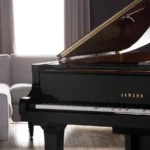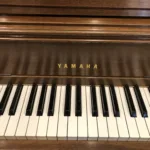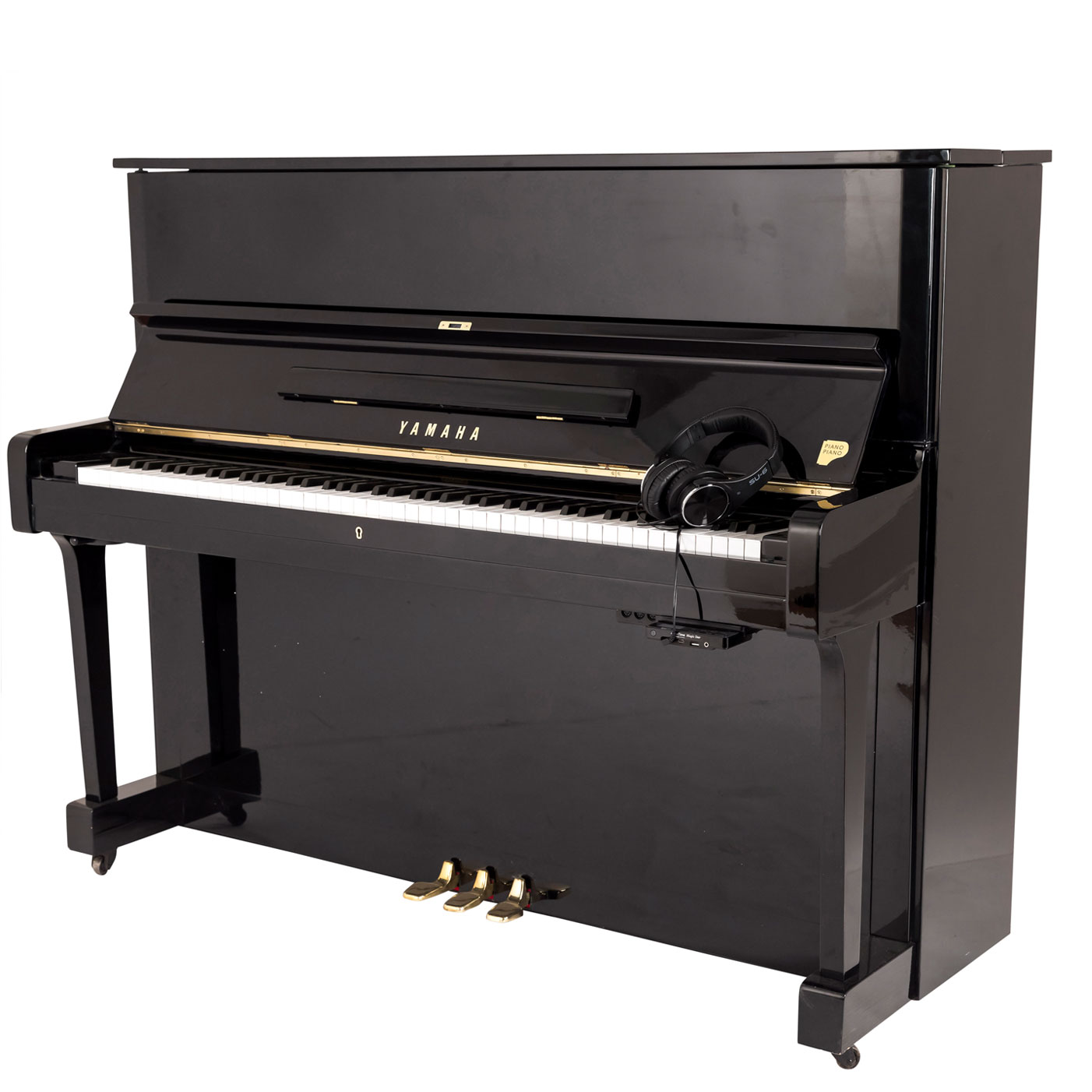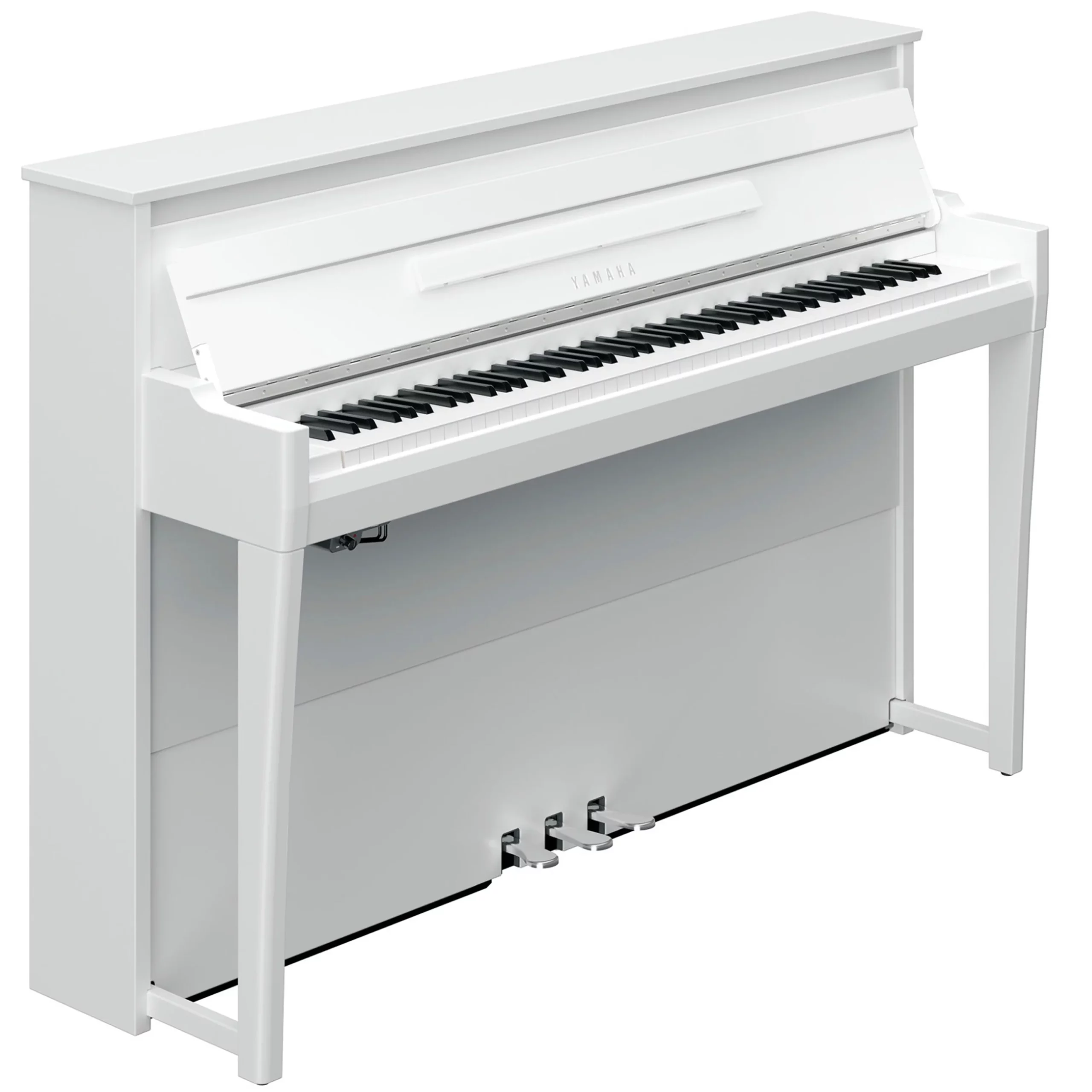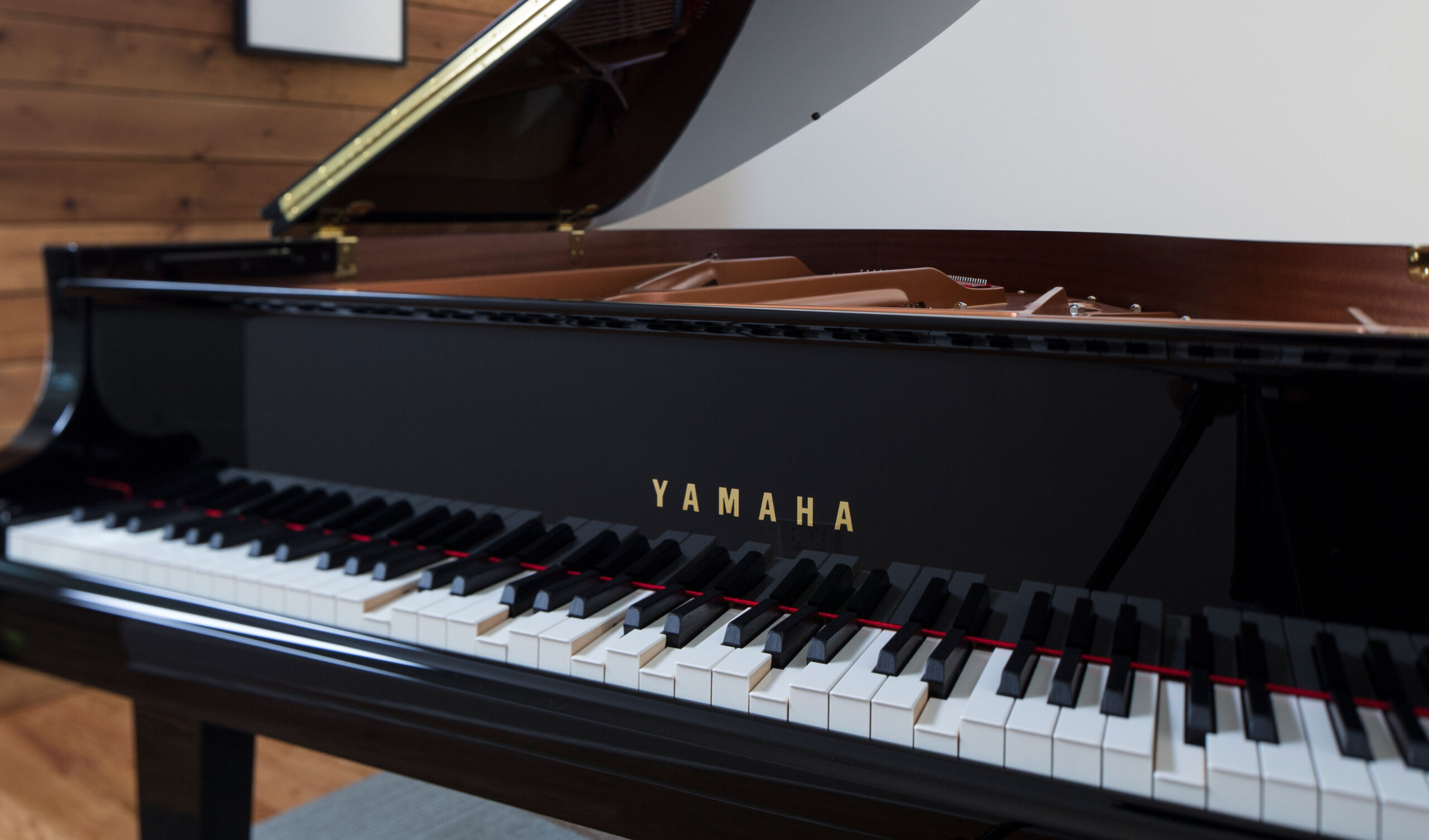Have you ever wondered what gives a song its rich, full sound? Or maybe you’ve tried playing an instrument and noticed the term “chord” being used but still feel unsure of what it really means. Well, look no further because I’m here to demystify the world of musical chords for you. As a musician with years of experience, I understand the confusion that comes with learning music theory, especially when it comes to chords.
In this article, we will go through everything there is to know about musical chords – from their definition and basic components to how they are formed and used in songs. By the end of this guide, you’ll be able to identify different types of chords and even play them on your instrument! So whether you’re just starting your music journey or looking to brush up on your skills, join me as we explore the fundamentals of musical chords together. Let’s dive in!
So, what is a musical chord?
A musical chord is a combination of three or more notes played simultaneously, creating a harmonious sound. It is the building block of music and is essential for creating melodies and harmonies. Chords are made up of different intervals between the notes, which give them their unique sound and quality.
For beginners, understanding chords can seem daunting at first, but with practice and patience, it becomes easier to grasp. The most common type of chord used in popular music is the triad, which consists of three notes: the root note (the main note), the third (a note two steps above the root), and the fifth (a note four steps above the root). These three notes work together to create a sense of stability or tension within a piece of music.
Learning how to play chords on an instrument such as guitar or piano opens up endless possibilities for playing songs and creating your own music. With time and practice, you will be able to recognize chords by ear and understand how they function within a song.
So whether you’re just starting out as a musician or looking to expand your knowledge on chords, remember that they are an integral part of making beautiful music. Keep practicing and experimenting with different combinations – who knows what kind of amazing sounds you’ll discover!
Understanding the Basic Definition of a Musical Chord
To delve into the heart of music, we should begin by understanding the foundations: one of these is a musical chord. So, what exactly is it? A musical chord, in its simplest form, is when three or more different notes are played together simultaneously. It becomes an enchanting harmony that fills our ears and touches our souls. Imagine a painter mixing colors to create new shades; likewise, musicians blend distinctive notes to produce rich chords which bring songs and pieces to life.
Let’s break down this concept even further:
- The most basic type of chord is a triad. This consists of three different notes performed at once.
- A triad includes the root note (the base), followed by the third and fifth intervals based on this root note.
- The harmonious relationship between these three frequencies gives us some popular chords – such as major, minor, augmented or diminished.
Imagine striking individual keys on a piano; each has its unique sound. But when you press two or more keys concurrently – voila! You’ve created your first chord: an amalgamation of distinct tones that alchemize into something beautiful and complex. In essence, chords are like building blocks for any song structure whether it be pop-ballads or classical symphonies.
Music wouldn’t exist without them. Understanding how they work not only allows us to appreciate music more deeply but also enables us to join the magic world where melody meets harmony.
Exploring the Components of a Musical Chord: Notes, Intervals, and More
As you delve into the intricate world of music, one can’t help but marvel at the multitude of elements that constitute its charm. A fundamental component is undoubtedly the musical chord. The term ‘chord’ denotes a mesmerizing symphony of notes played simultaneously, creating a harmony that resonates with our sentiments and emotions. A chord is composed primarily of notes, which are basically specific pitches produced by distinct vibrations in sound frequency.
A typical chord contains three or more of these notes, each contributing to the melody’s unique tone and texture. For instance, consider triads – chords made up using only three notes – they form the foundation for countless popular songs across genres! Delving deeper, you encounter “intervals,” another pivotal facet in understanding chords.
Taking root from basic mathematics, an interval measures the distance between two pitches. In essence, intervals serve as building blocks for your beloved tunes; they decide whether a chord sounds consonant (pleasant) or dissonant (harsh). An example could be seen in majors and minors; pick any song you adore and there’s a good chance it pivots around major and minor chords – shifting intervals create their characteristic vibes.
- Majors generally project a happy or bright feel.
- Minors usually stir feelings associated with sadness or melancholy.
The interplay among these components crafts extraordinary melodies that intrigue us! From mind-blowing solos to soulful harmonics – understanding ‘what’ makes them so captivating uncovers layers behind each tune’s beautiful complexity.
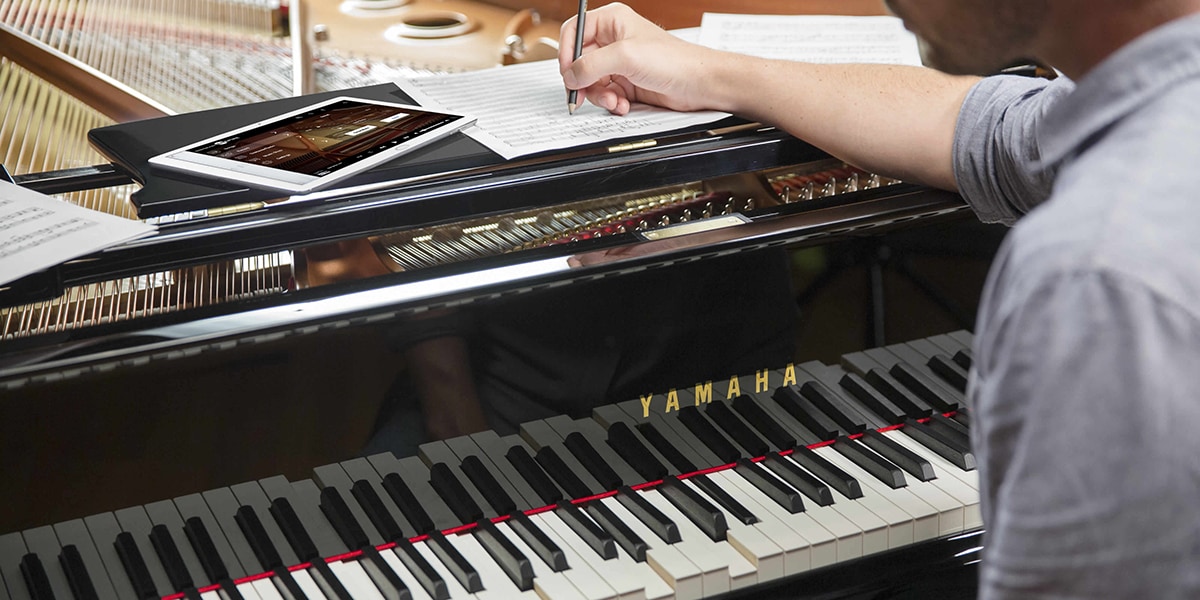 The Role of Chords in Song Composition and Performance
The Role of Chords in Song Composition and Performance
Read also: g3 yamaha piano
How Different Chords Are Formed in Music Theory
Understanding how different chords are formed in music theory is like learning the secret language of melodies. First, let’s dive into what a chord actually is: A chord is a group of notes that get played simultaneously and produce a harmonious sound. It’s generally made up of at least three notes – the root note, third note, and fifth note from any given scale.
Moving on to how these chords are constructed: Essentially it’s all about intervals (the distance between two pitches). For example,
- A major chord contains the 1st (root), 3rd, and 5th notes from its Major scale.
- A minor chord includes the 1st (root), flat 3rd, and 5th notes from its Major scale which make it sound more somber or sad compared to cheerful sounding major chords.
- The dominant seventh or ‘7’ chord has an added interval – it uses the root, third, fifth as well as flattened seventh degree of the major scale. This additional tone makes such chords denser and fuller in their sonic quality.
By playing around with these combinations you can create countless unique sounds! If you’ve ever wondered why some tunes feel happy while others feel melancholic — now you know that this mood projection has quite a lot to do with their underlying chords.
The Role of Chords in Song Composition and Performance
Chords take centre stage in the mesmerizing world of song composition and performance. As a crucial building block, chords harmonize melodies while adding depth and emotion to musical arrangements. They are like the vibrant hues that colour a beautiful painting; they infuse life into songs by creating an emotional backdrop against which melodies can shine. Just imagine your favorite tunes without their distinct chord progressions – doesn’t it feel like watching a movie with no background score? That’s exactly how pivotal chords are!
Diving deeper into their role, you’d be surprised at how much versatility chords offer musicians. Not only does each unique chord bring with it its own atmosphere and mood (for example, minor chords often evoke feelings of sadness or melancholy), but the sequence in which these chords appear – known as chord progressions – can also significantly influence the narrative arc and emotional journey of a song.
- Dominant Seventh Chords, for instance, provide tension before resolution.
- Suspended Chords, on the other hand, inject suspenseful anticipation.
- The Majestic Major Chord Progression, is frequently used to create uplifting anthems we all love!
In essence, through thoughtful arrangement of this musical toolkit, artists create emotionally resonant compositions that captivate listeners from start to finish!
You may also like: u1 yamaha piano price
Identifying Types of Musical Chords: Major, Minor, Diminished and Others
Learning to identify different types of musical chords can feel like learning a new language. But once you master the basics, your understanding and appreciation for music can deepen significantly. Courses in high school or college music theory often note the most common chord types: major, minor, and diminished. Like words in a sentence, each type of chord carries its own “mood” or emotion that it lends to the song.
Major chords are typically described as happy and positive in sound. These are constructed by first choosing any note on your instrument (known as the root), then adding two more notes: one four half-steps above, followed by another three steps up from there. An example would be C major – including C, E, and G on a piano.
On the other hand, Minor chords, often associated with sorrowful or mysterious moods, are composed similarly but have their middle note only three half-steps up from the root; they go down one step before going five steps up for their third note – reversing how we built our major chord.
Lastly is our eerie-sounding friend: The DIMINISHED chord!. This little guy feels unsettling because both intervals between notes are smaller than usual – only three half-steps apart each time.
There’s also other advanced forms including:
- Suspended Chords – holding tension waiting to resolve back
- Augmented Chords – delivering an unsettled disturbed sound
- Add Chords- adding extra notes into basic Major/Minor structures
Once familiar with these categories and their distinct “voices”, you’ll find yourself identifying them not just when playing an instrument but even while simply listening to your favorite tunes! Can’t wait until that happens? It’s chord-ially exciting, isn’t it?
Conclusion: Harnessing The Power of Musical Chords for Better Musicianship
Musical chords are the secret language of music, and they hold an incredible power that many musicians yet have to discover. They’re not just a random combination of notes; each chord carries its own unique emotional identity. Learning how to harness this power can truly elevate your musicianship. Every composition in music – be it a symphony by Beethoven or a pop song by Taylor Swift – is built around a skeleton of chords. Once you understand their structure and emotionality, you’ll find yourself having more control over the narrative arc of your performance.
Let’s consider for instance major chords versus minor chords:
- The Major Chord: It typically brings happiness, upliftment, and exudes positivity.
- The Minor Chord: It tends to express sadness, nostalgia, or melancholy.
By learning when to use these different types of chords within a piece of music, we can create dramatic tension or resolution as needed. This ability is much like being able to paint with all colors on the musical canvas – creating vibrant soundscapes that connect emotionally with our listeners on another level.
Harnessing this understanding allows us not just better comprehension but also greater creative expression in rearranging existing pieces or composing entirely new ones. It’s like unlocking another layer beneath the surface-level lyrics and melody—a deeper dimension where we can playfully experiment with different moods and emotions within our compositions.
To conclude—to become truly adept at playing music isn’t solely about mastering technique; it involves decoding these abstract musical languages too! So let’s start delving into this world today—let’s harness the power concealed within musical chords towards becoming better artists ourselves!


